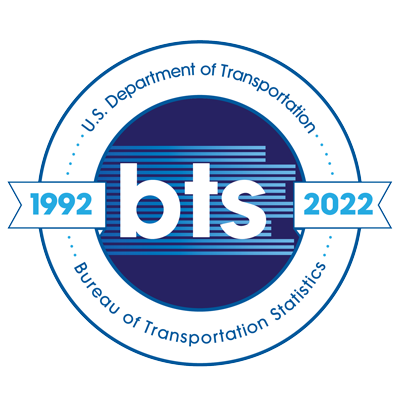Lakota Elder insights on climate change and health impacts on the Pine Ridge Indian Reservation, South Dakota.
Topics:
Keywords: Native American, Climate Change, Traditional Ecological Knowledge, Lakota, Native American Health, Great Plains
Abstract Type: Paper Abstract
Authors:
Shelby Lynn Ross University of Colorado Boulder
Abstract
The Pine Ridge Indian Reservation, the location of the Oglala Lakota (Sioux) people, is a quintessential indigenous population that is poverty-stressed in the colonial United States’ capitalist economy. The Native American population of the Northern Great Plains region, which includes the residents of the Pine Ridge Indian Reservation, has higher than average diabetes prevalence (15.8% compared to the national Native American type 2 diabetes prevalence rate of 14.7%) (Bullock et al., 2020; CDC, 2019). The continuous adverse health situation of the Oglala Lakota people has influenced calls for research about the relationship between climate change and health on the reservation from an Indigenous perspective (Norton-Smith et al., 2016). It is through these observations that I have developed an interest in understanding how climate change may exacerbate those struggles. I conducted 15 interviews with elders of the Pine Ridge Indian Reservation on the following themes: Indigenous worldview, Traditional Ecological Knowledge, Climate Change Perspective, Extreme Weather events, & Human Health. Elders observations include decreases in the quantity of culturally significant plants and changes in seasons in both timing and weather severity. Elder believe that the modern western convenience diets is the culprit of the high rates in Type 2 diabetes on the reservation. Overall, the biggest concern for the elders is tribal ability to combat climate change impacts in the future due to lack of financial resources.
Lakota Elder insights on climate change and health impacts on the Pine Ridge Indian Reservation, South Dakota.
Category
Paper Abstract
Description
Submitted By:
Shelby Ross
shelby.ross@colorado.edu
This abstract is part of a session: Indigenous Political Geographies









Share